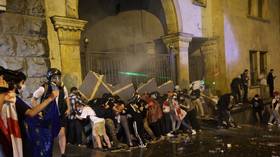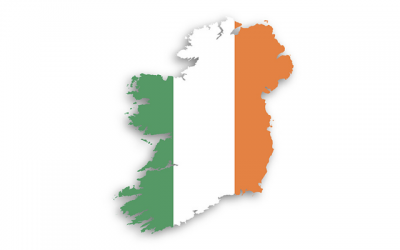Why unarmed revolutions topple some dictators but not others
Most revolutions result in dictatorships that are more authoritarian and repressive than whatever they replaced. The partial exception is those revolutions that are merely about the dispersal of power. Revolutions that are about the far-reaching transformation of societies almost always produce horrific results. The models of a revolution that are appropriate for the United States would be the American Revolution, in which the 13 colonies simply seceded from Britain, or the overthrow of the Soviet Union/Warsaw Pact, in which the Soviet empire was dissolved into a collection of dozens of independent nations. Cheron, Mexico, which simply expelled political parties and cartels and took up self-management, is another example.
By Daniel P. Ritter, Washington Post
Although the long-term gains achieved in the wake of these and other unarmed revolutions have often disappointed their protagonists, their ability to unseat autocrats through the use of nonviolent tactics — sometimes referred to as “civil resistance” — constitutes a formidable social science puzzle in itself. How can we explain that highly repressive and seemingly all-powerful regimes sometimes collapse at the hands of protesters armed with little more than slogans and resolve? And, in a related issue, why do some attempts at unarmed revolution fail to oust despots, even though such movements may initially appear identical to their successful counterparts?


